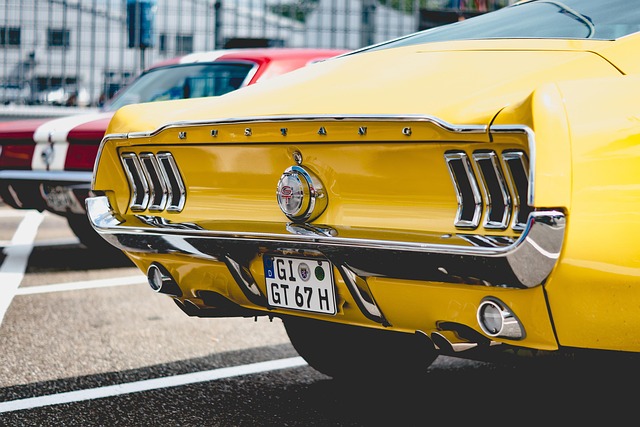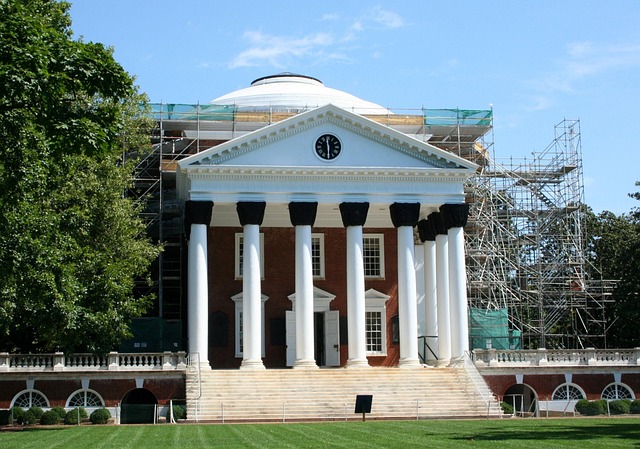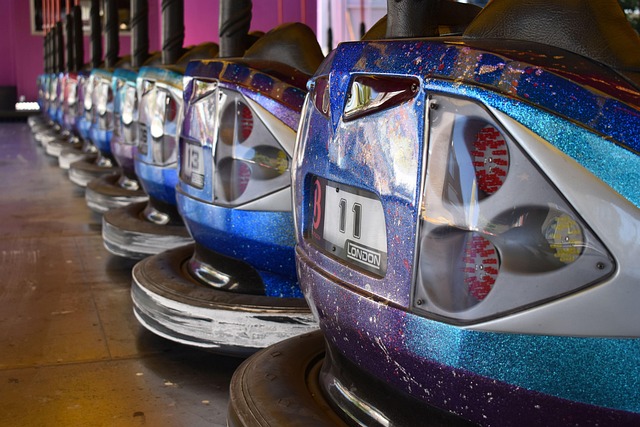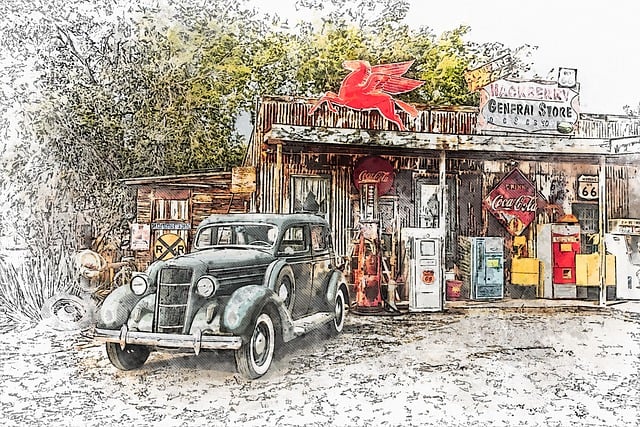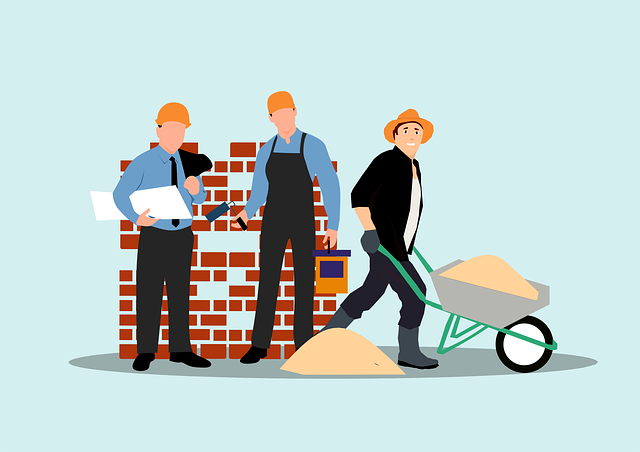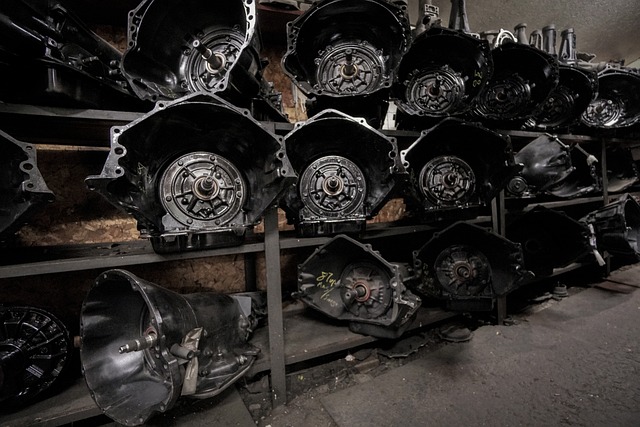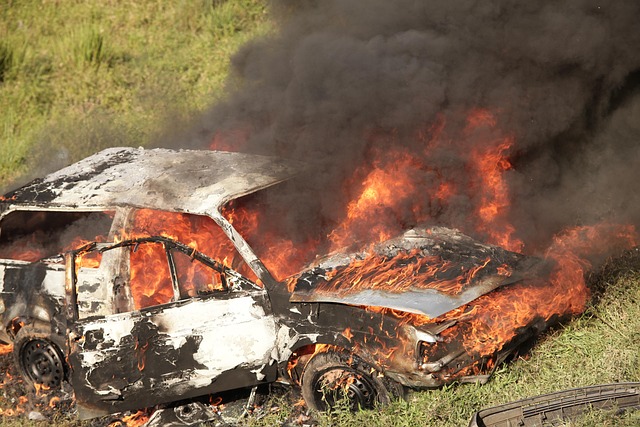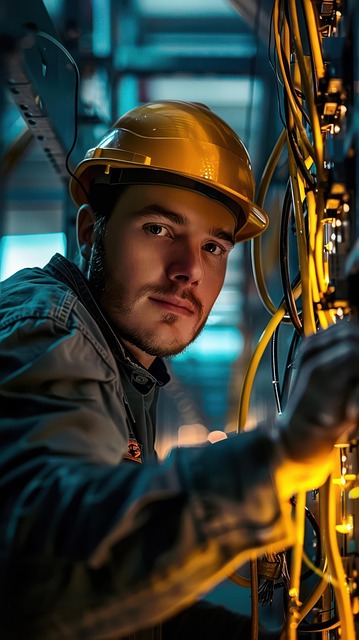Car collision repair is a multi-step process involving damage assessment, ranging from dent removal to panel replacement, with varying time frames based on severity, part availability, labor, shop capacity, and expertise. Effective communication manages customer expectations, while proactive maintenance speeds up recovery for all vehicle types, from popular models to rare vintage cars.
Car collision repairs can vary greatly in duration, typically taking anywhere from 1-4 weeks. Understanding the process and factors that influence repair time is essential for vehicle owners. From initial assessment to parts replacement and final quality check, several elements play a role, including damage complexity, availability of parts, and shop capacity. This article delves into these aspects, offering insights on how to optimize and accelerate car collision repairs, ensuring your vehicle returns to the road safely and swiftly.
Understanding the Repair Process
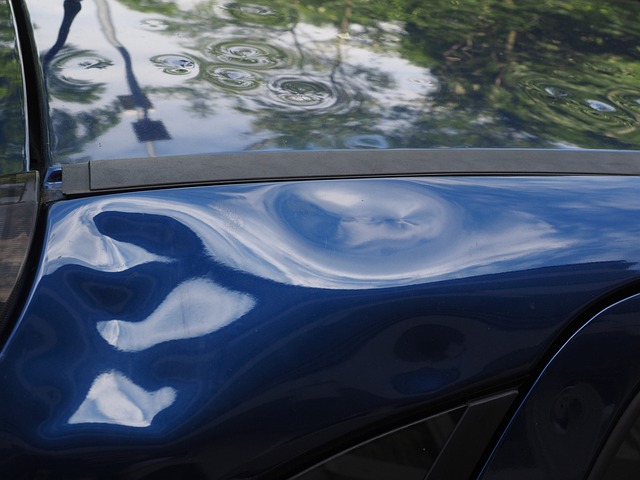
Car collision repair is a complex process that involves several stages. First, technicians conduct an extensive assessment to identify damage, which may include visual inspections, diagnostic scans, and specialized tools. Once all damages are accurately determined, the auto body services team begins the repair work, which can range from minor dent removal to complete panel replacement. The complexity of the repair directly impacts the time required, with more severe collisions typically taking longer to fix.
After the initial assessment and repair begin, the car undergoes various processes like painting and finishing to ensure it matches the original specifications. Regular updates on progress are crucial for customers to understand how long their car collision repair will take. Effective communication from auto collision repair specialists helps manage expectations and allows for any necessary adjustments in the repair timeline. Proper auto maintenance practices also contribute to a smoother and faster recovery process, as regular check-ins with the service team can help identify potential delays or issues early on.
Factors Affecting Repair Time

The duration of car collision repair can vary greatly depending on several factors. First, the severity of the crash plays a significant role; minor dents and scratches can be fixed in a few hours, while more complex damages, such as frame straightening or engine repairs, may take several days or even weeks. Complex repairs involving multiple components or specialized parts often require more time due to the need for specific tools and expertise.
Additionally, the availability of replacement parts can impact repair speed. For popular models like Mercedes-Benz, auto repair shops might have readily available parts, expediting the process. However, for rare or vintage cars, sourcing the correct components could take longer, delaying the overall repair timeline. Other considerations include labor costs and the shop’s capacity, as well as the skills and experience of the technicians handling the repairs.
Optimizing and Accelerating Repairs

The duration of car collision repair can vary greatly depending on several factors, including the severity of the damage and the availability of parts. However, auto repair shops employ advanced techniques to optimize and accelerate repairs, ensuring customers get their vehicles back as quickly as possible. Body shop services now incorporate digital imaging and computer-aided design (CAD) software to streamline the estimation process, allowing for more precise and efficient work.
Additionally, many reputable auto repair shops have developed robust systems for parts acquisition, often partnering with specialized suppliers who can deliver replacement components promptly. This integration of technology and streamlined processes significantly reduces turnaround times, providing collision victims with peace of mind during what can be a stressful experience.
Car collision repair times vary based on several factors, from damage severity to parts availability. Understanding these variables empowers you to navigate the process more effectively. By optimizing repairs and considering efficient practices, it’s possible to reduce overall turnaround time. Remember, prioritizing safety during the initial crash impact is key, while timely communication with your repair shop can also accelerate the car collision repair process.
